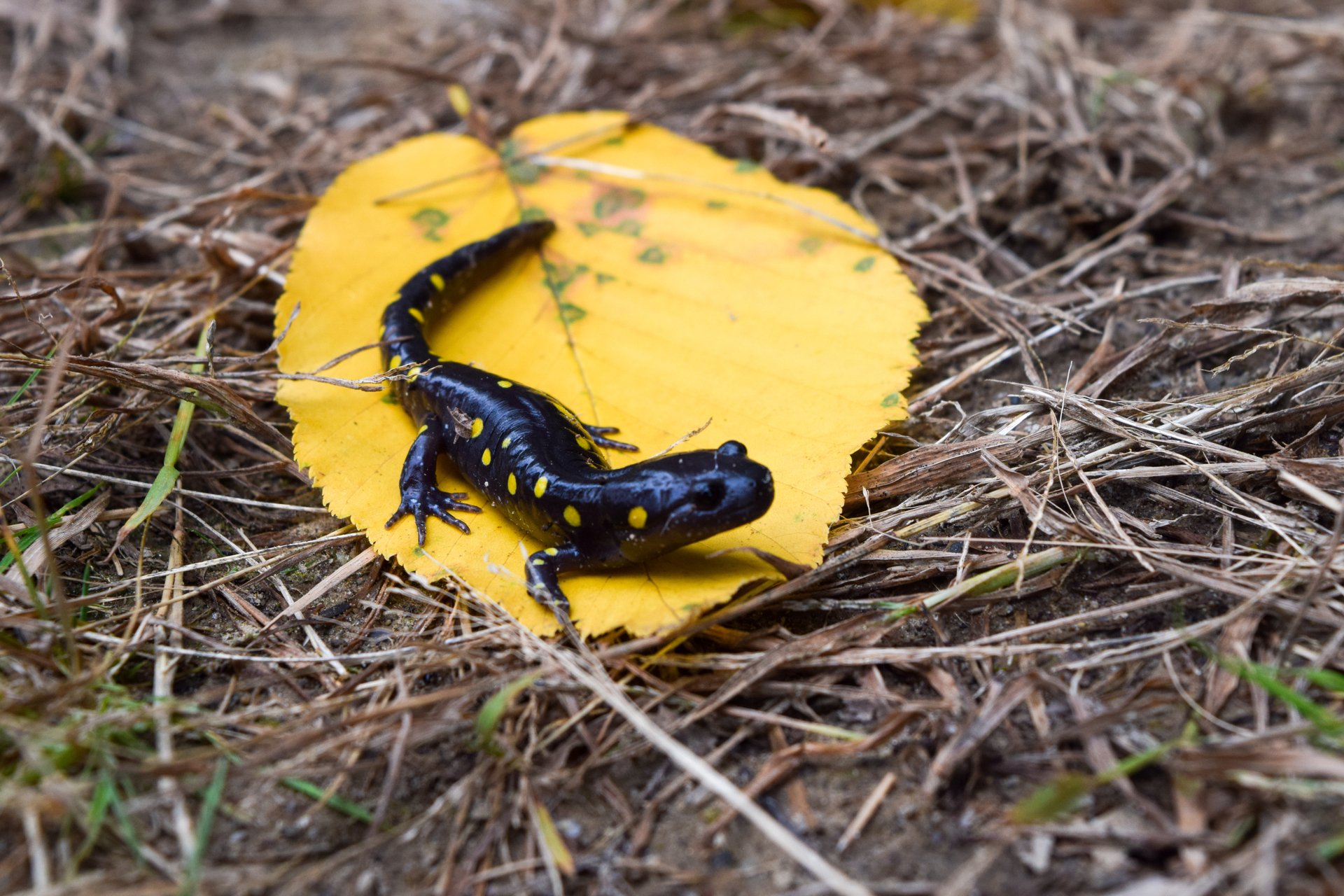Creating Greater Access to Nature
September 20, 2021
It may be no surprise to you that fall is a fan favorite when it comes to being outdoors. And while I personally can’t wait for the cool, crisp air, blue-sky days, brilliant foliage that seems to get brighter by the hour, and fall bird migration, I am also soaking up every last bit of summer.
Over the past several months, as I have introduced our new Action Agenda at our wildlife sanctuaries throughout the state, I've taken full advantage of my time to get out and explore. After officially launching the Action Agenda at Broadmoor in Natick, I joined friends and supporters on a hike to a new bridge that showcased the sanctuary's sustainable trails work.
I then headed to Oak Knoll in Attleboro, which made its own "trailblazing" news—a beautiful new path that links the sanctuary to a bus route right at Park Avenue, a major transit corridor in the city. Thousands of residents can now connect with the natural world, literally stepping off a bus and into the wildlife sanctuary.
Greater access to nature was also a priority theme during a recent event at Pleasant Valley in Lenox. A significant expansion and upgrading of the 18th-Century Program Barn—including a universally accessible ramp—will mean many more people of all ages and abilities can fully enjoy all the sanctuary has to offer.
Protecting land is a hallmark of the new Action Agenda, and we significantly advanced this goal in West Springfield by working with the city and the Massachusetts Department of Conservation and Recreation to protect 1,400 acres of land. This public-private collaboration is an example of the type of partnerships that are critical for us to establish in order to achieve the ambitious goals we've set out for ourselves.
This time of year also hints at the colder months to come, when nature slows down. But even while dormant, the natural world remains in a state of renewal and restoration. I was reminded of this reassuring fact at Tidmarsh in Plymouth, during its "Final Tree" celebration. The last of more than 500 trees and shrubs, a winterberry, was planted by two dedicated volunteers in a streambed that had been restored after decades of being a cranberry bog.
That stream again runs free, and the shrubs and trees that now line its banks are already nurturing the brook by providing shelter and sustenance for fish and wildlife and creating opportunities for people like you and me to get out and experience all that nature has to offer.
Have a great fall, and I hope to see you on the trails.
Many thanks,
David J. O'Neill



